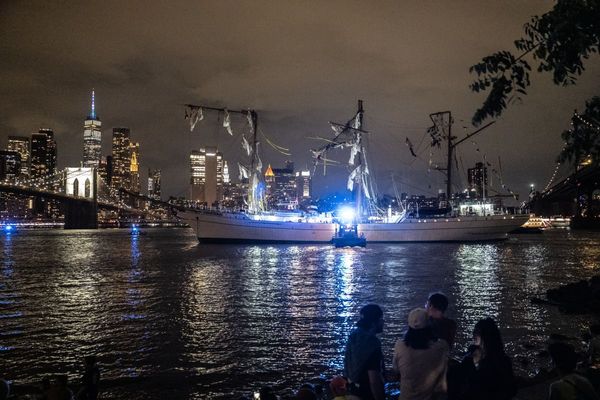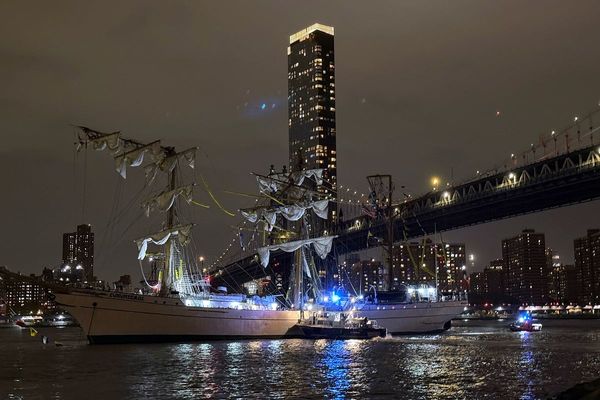
Although migration is not ended - will not end until well into June - every species which comes to us to nest is here. The turtle-dove was the last to reach this district, and now in the dense woods, where the full foliage looks the brighter for this morning’s rain, its crooning notes, a gentle rumble, announce its arrival. In the ride where the keeper throws corn for the pheasants this delicately plumaged chestnut and lavender bird, with a noticeable black patch on its neck, comes down to feed, and when, disturbed, it shoots upwards into the trees, we note the broad white border of its spread tail. Pigeons and doves are thirsty souls, and we see the turtle in the open when it settles by the meres and pools to drink.
A Lowton correspondent has been hearing the cuckoo at night, as he did last year, and asks if this is unusual. But every May, when this bird is most loquacious, I often myself hear the cuckoo calling after dark. It is a very common error to imagine that no birds except owls, nightjars, and nightingales call or sing at night; when the excitement of the nuptial season is at its height ordinary song birds will burst forth even on dark evenings, and some birds, such as the corncrake and lapwing, appear to need very little rest. A gust of wind, a sudden sound, or other disturbing influence will start the sedge warbler, the hedge sparrow, or even the thrush, but the cuckoo seems to sing by day or night just because it cannot keep quiet.








